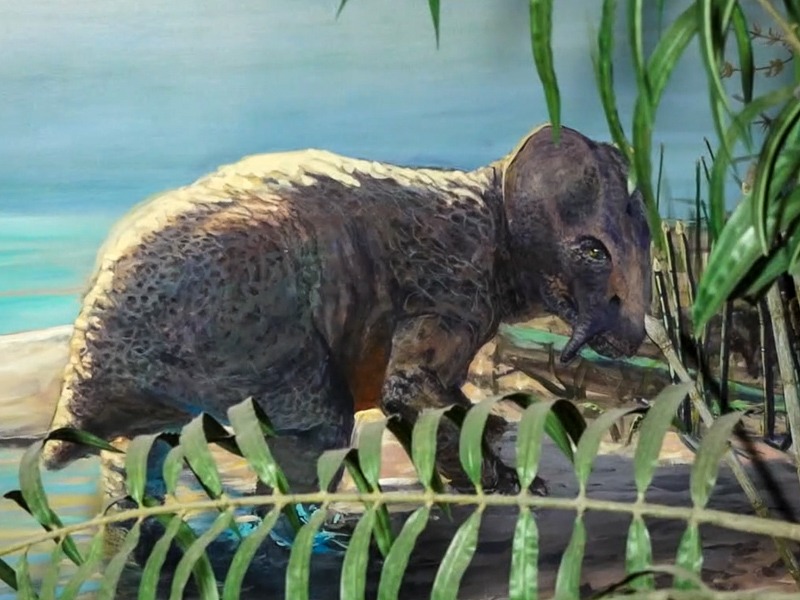
Sci NC: Science in the Dirt
October 16, 2023
Dr. Christian Kammerer, Research Head of Paleontology, was featured on the latest episode of Sci NC for his discovery and ongoing recovery of the first complete skeleton of a dicynodont anywhere in North America. The animal lived ~225 million years ago in what is now North Carolina’s Piedmont. Also making an appearance are Paleontology Collections… Read More >
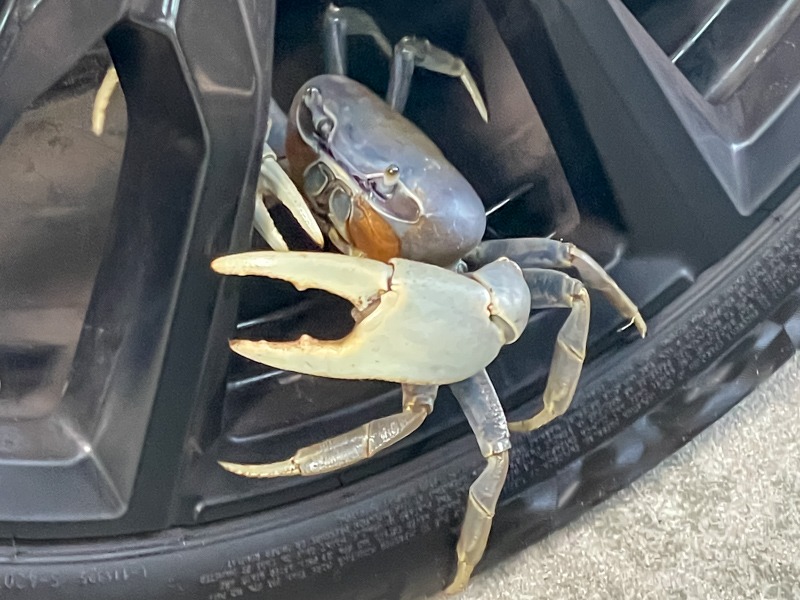
What the crab is that? Researchers ask public for help in tracking new arrival to NC coast
October 10, 2023
Blue land crab (Cardisoma guanhumi) on a vehicle wheel. Photo: Delilah O’Leary. A non-native land crab that dwarfs the state’s native crab species has been spotted at the North Carolina coast. Now officials want the public’s help in tracking its impacts. Now researchers, teaming up with fellow scientists in South Carolina, want the public’s help… Read More >
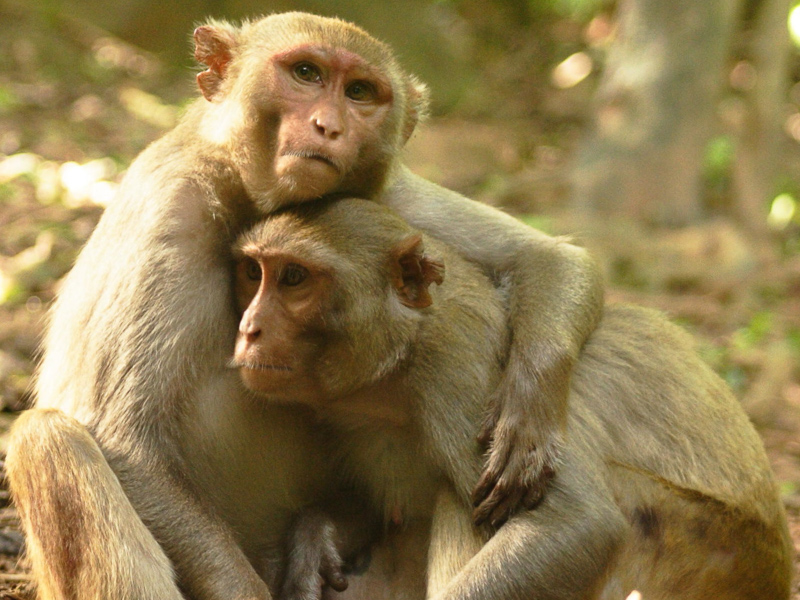
What shapes your microbiome? It may not be what you think.
September 29, 2023
Pair of rhesus macaques. Photo: Lauren Brent. (RALEIGH, N.C.) – The skin is the largest organ of the human body and the main barrier against the external world. Microbes on the surface of the skin often work in symphony with host skin cells to mediate body odor and, more importantly, overall health. For example, the… Read More >
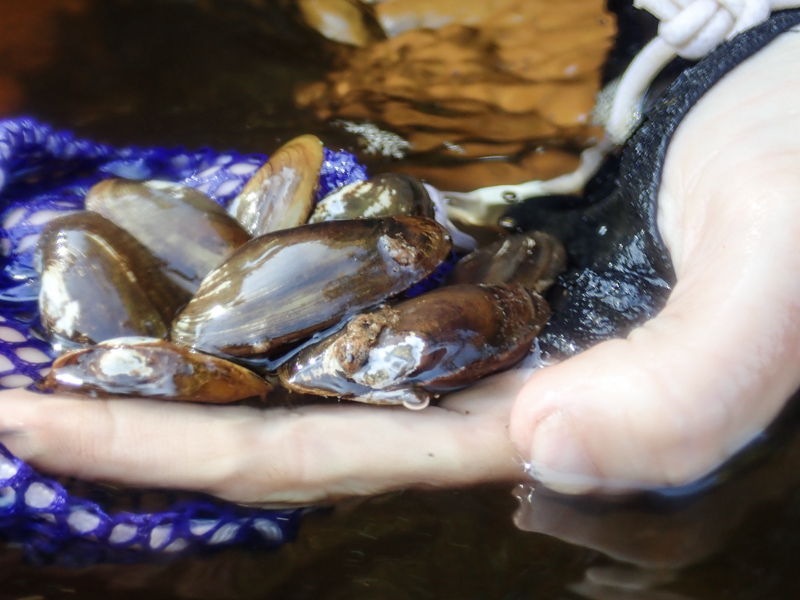
Species of mussel found in western Pennsylvania might soon be listed as endangered
September 13, 2023
A biologist holds a handful of salamander mussels (Simpsonaias ambigua). Photo: Megan Bradley/USFWS. The Museum’s Research Curator of Mollusks, Dr. Art Bogan, was interviewed by Pittsburgh’s NPR station WESA. The article begins: A species of freshwater mussel found in pockets of the Allegheny River might soon be protected under the Endangered Species Act, as proposed… Read More >
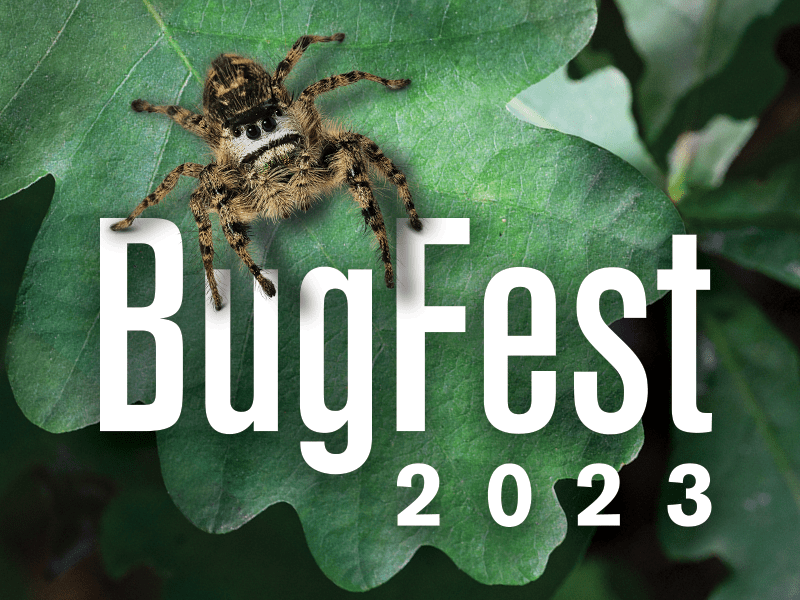
BugFest highlights tarantulas and more at the NC Museum of Natural Sciences, Sept. 16
September 6, 2023
(RALEIGH, N.C.) — It’s time to get buggy with the North Carolina Museum of Natural Sciences as they host BugFest, the largest one-day bug-centric event in the country. Satisfy all your web weaving, wing flapping, dungball rolling, creepy crawling and (of course) bug munching pursuits in one day: Saturday, Sept. 16, 10 a.m.–7 p.m. It’s… Read More >

